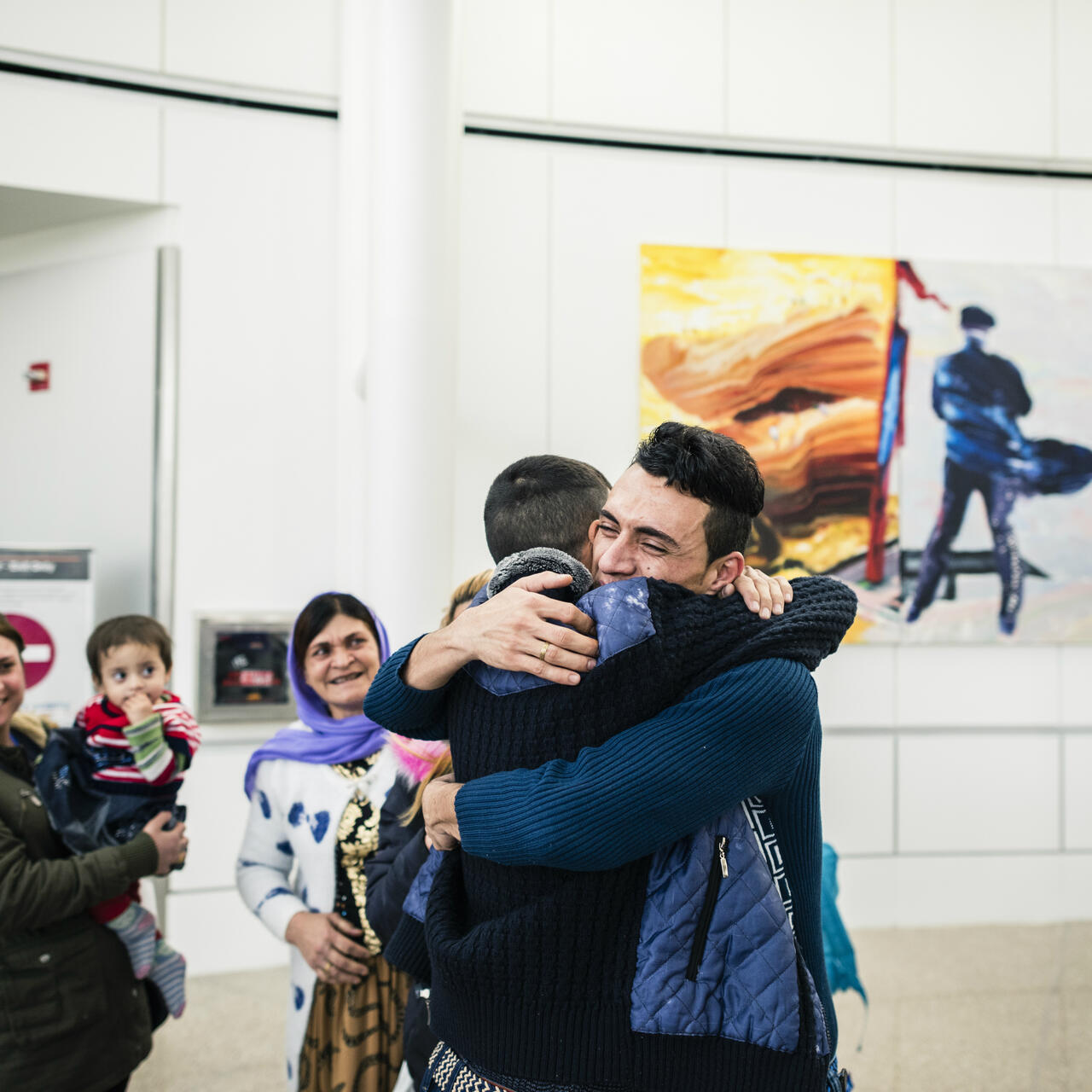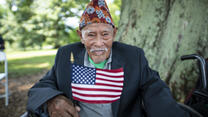
Since President Donald Trump took office on Jan. 20, 2017 his administration has repeatedly implemented policies that pull the welcome mat from under the feet of refugees and immigrants seeking safety in the United States.
The latest directive, announced in late October, institutes new vetting measures for refugees from 11 countries, effectively extending the travel ban that recently expired. The Supreme Court, in a Dec. 4 decision, allowed the full travel ban to take effect.
These developments are unbefitting America’s history as a safe haven for refugees. Democratic and Republican presidents alike have ensured that the United States supports refugees who seek liberty and reject ideologies opposed to American values.
U.S. leadership is needed now more than ever, when tens of millions across the globe face life-threatening situations. Yet the Trump administration continues to issue anti-immigrant and anti-refugee policies that endanger innocent people fleeing persecution and, inherently, weaken America’s reputation both at home and abroad.
Here is a timeline of the Trump Administration’s immigrant policies during its first year.
Travel ban
During his first week in office, President Trump instituted a travel ban that suspended the U.S. refugee resettlement program for 120 days and barred Syrian refugees from entry to the U.S. indefinitely. It also indiscriminately excluded any travel from six other countries—Iraq, Iran, Sudan, Libya, Somalia and Yemen—for 90 days.
Opponents of the travel ban challenged the directive in the courts. The administration drafted a second travel ban as replacement: It allowed travelers who hold green cards entry the U.S.; removed Iraq from the list of restricted countries; and struck down the indefinite ban on Syrian refugees.
Even with this second ban, an eventual Supreme Court ruling required the administration to rewrite its travel guidelines over the summer, stipulating that people who have a "credible claim of bona fide relationship" with a person living in the U.S. can enter the country. The new guidelines, however, raised more questions than answers. For example, “bona fide relationships” didn’t include grandparents or resettlement agencies until advocates further challenged the protocols. Meanwhile, thousands of vulnerable refugees who were not already on flights to the U.S. were left stranded.
“The human toll on families who have patiently waited their turn, done the vetting, given up jobs and prepared to travel is wrong," said David Miliband, president of the International Rescue Committee (IRC), in a July 13 statement. "After decades of leading with its gold standard resettlement program, this defective policy shifts the goal posts and sees America turn its back on—and break its promise to—the world’s most vulnerable.”
The Supreme Court scheduled hearings on the legality of the travel ban, but the expiration date for the directive rendered the case moot. Then, on Dec. 4, the Supreme Court allowed the third version of the travel ban to go into effect while legal challenges against it continue.
End of protections for Central American refugee children
On Aug. 16, the Trump Administration ended the automatic parole option for children in the CAM program (formally called the Central American Minors Refugee and Parole program). Since December 2014, the CAM program has helped reunite children fleeing gang violence in Guatemala, Honduras and El Salvador with parents already in the U.S.
Many of these children avoided a perilous journey in order to reunite with parents and relatives—who are lawfully in the U.S.—and begin their new lives with refugee status protected under U.S. and international laws, notes Jennifer Sime, senior vice president of United States Programs at the IRC. “These children are no longer separated from their parents due to conflict and unrest, and are able to attend school and have a childhood free from violence.”
Terminating this lifesaving program, as this administration has done, is brutally tearing families apart—and in many cases, endangering children.
End of the "Dreamers" program
On Sept. 5, 2017 Trump ended the Deferred Action for Childhood Arrivals (“DACA”) program, which created a fair and necessary safeguard for hundreds of thousands of young people—commonly known as Dreamers—brought to the U.S. as children.
This decision puts nearly 800,000 young people at risk of deportation from the only country they have ever known. It will have a painful and lasting impact on their lives, the fortunes of their employers, and the wellbeing of their communities.
“The devastating decision to discontinue DACA … unnecessarily tears families apart,” says Hans van de Weerd, vice president of United States Programs at the IRC. “To take away the promised protection of DACA without an alternative, from those who courageously came out of the shadows to apply to the program, bolster our economy and enrich our communities, is simply inhumane.”
Historically low refugee cap
On Sept. 27, the Trump Administration announced that it would cap at 45,000 the number of refugees granted admission to the U.S. in Fiscal Year 2018. This number is a historic low—the annual cap on average has exceeded 95,000 since 1980—and comes at a time when more people are uprooted by war and crisis than ever before.

“This administration's decision to halve the number of refugees admitted to America is a double-blow—to victims of war ready to start a new life, and to America's reputation as a beacon of hope in the world,” says Miliband. “When America cuts its numbers, the danger is that it sets the stage for other nations to follow suit, a tragic and contagious example of moral failure.”
New vetting procedures
The travel ban officially expired on Oct. 24, but the Trump Administration substituted the directive with a round of new vetting procedures for refugees entering the U.S. All refugees will now need to provide addresses, phone numbers, email addresses and other details—over the past decade—for themselves and, potentially, their extended family members.
Further measures essentially allow Trump to extend the ban for 90 days for refugees from 11 countries.
“This will add months, or potentially years, to the most urgent cases, the majority of which are women and children in heinous circumstances,” says Sime. “With a world facing brutal and protracted conflicts like in Syria, or new levels of displacement and unimaginable violence against the Rohingya, this moment is a test of the world’s humanity, moral leadership, and ability to learn from the horrors of the past.”




